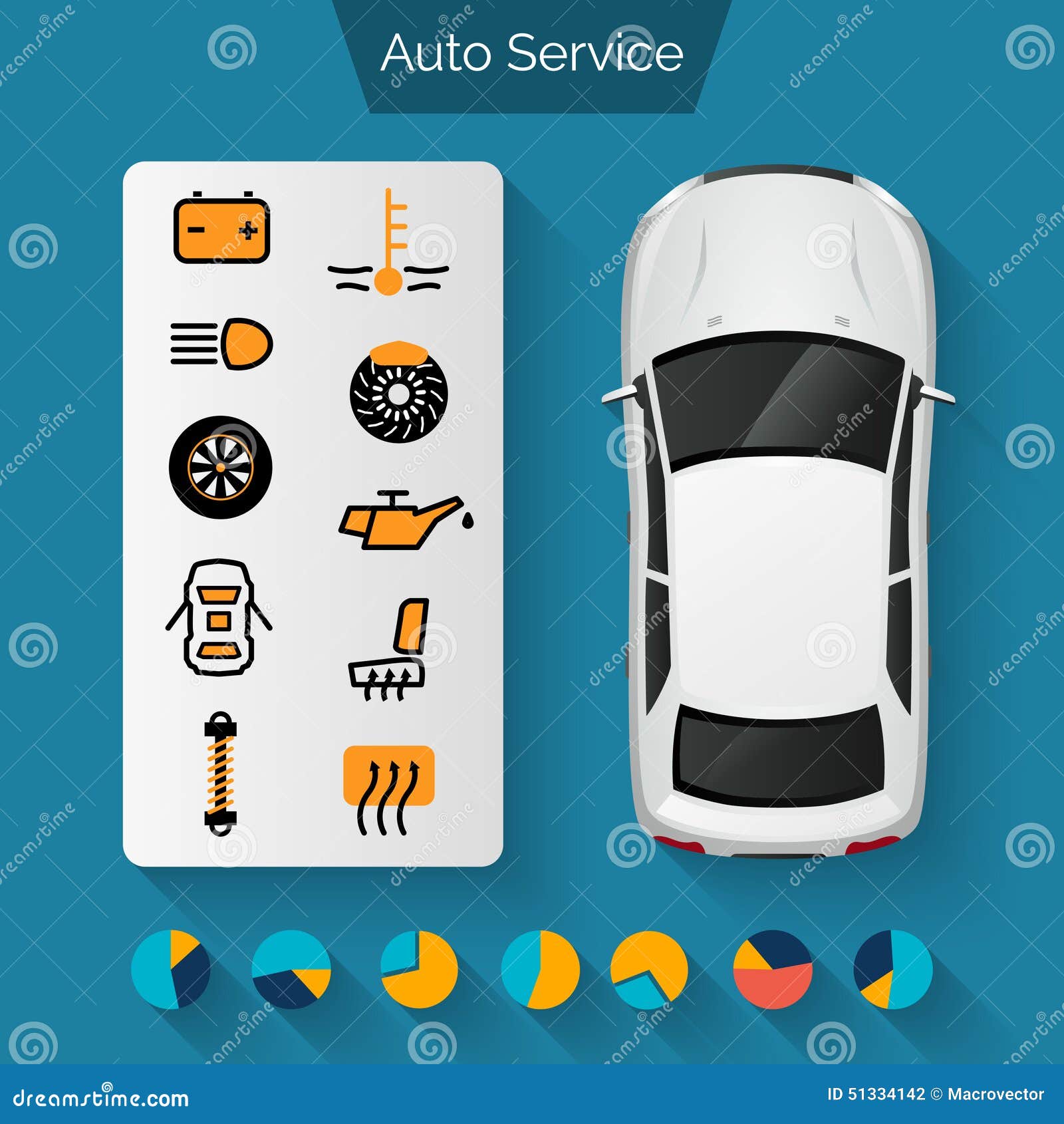Realizing The Significance Of Your Vehicle'S Warning Signals: What They Really Stand For
Realizing The Significance Of Your Vehicle'S Warning Signals: What They Really Stand For
Blog Article
Created By-Lauritsen Shepherd
When you lag the wheel, those glowing warning lights on your control panel can be a bit difficult. Do you understand what they're trying to tell you concerning your vehicle's health? Recognizing the relevance of these lights is vital for your safety and security and the longevity of your vehicle. So, the following time among those lights pops up, would not you wish to decode its message precisely and take the required steps to resolve it?
Common Caution Lights and Interpretations
Determine typical caution lights in your car and understand their significances to make sure risk-free driving.
One of the most regular caution lights consist of the check engine light, which signals concerns with the engine or emissions system. If this light begins, it's critical to have your lorry checked promptly.
The oil stress alerting light shows low oil stress, needing prompt attention to prevent engine damage.
A flashing battery light might suggest a defective charging system, possibly leaving you stranded otherwise resolved.
The tire stress monitoring system (TPMS) light notifies you to reduced tire pressure, impacting vehicle stability and gas performance. Ignoring simply click the next document could result in unsafe driving problems.
The abdominal muscle light suggests an issue with the anti-lock stopping system, compromising your capacity to quit quickly in emergency situations.
Last but not least, the coolant temperature alerting light warns of engine getting too hot, which can cause severe damages otherwise dealt with quickly.
Comprehending these typical caution lights will certainly assist you deal with problems immediately and maintain secure driving conditions.
Relevance of Prompt Focus
Comprehending the typical warning lights in your cars and truck is just the primary step; the relevance of without delay dealing with these warnings can't be emphasized enough to ensure your safety on the road.
When a warning light illuminates on your control panel, it's your car's way of communicating a possible problem that needs interest. Overlooking these warnings can bring about extra serious issues later on, jeopardizing your safety and potentially costing you more out of commission.
Prompt attention to warning lights can prevent failures and accidents. For instance, a blinking check engine light could indicate a misfire that, if left neglected, might create damage to the catalytic converter. Addressing this immediately can conserve you from a costly repair service.
Likewise, a brake system advising light could indicate reduced brake liquid or worn brake pads, critical components for your security when driving.
Do It Yourself Troubleshooting Tips
If you discover a warning light on your dashboard, there are a couple of do it yourself repairing ideas you can try before looking for specialist assistance.
The initial step is to consult your automobile's manual to understand what the details warning light shows. Occasionally car detailng can be as straightforward as a loose gas cap triggering the check engine light. Tightening up car wrap auckland may deal with the trouble.
One more typical problem is a reduced battery, which can cause different alerting lights. Checking the battery links for corrosion and guaranteeing they're protected might repair the problem.
If a caution light persists, you can attempt resetting it by detaching the car's battery for a couple of minutes and afterwards reconnecting it. Furthermore, examining your lorry's liquid degrees, such as oil, coolant, and brake liquid, can help troubleshoot alerting lights associated with these systems.
Conclusion
To conclude, recognizing your cars and truck's warning lights is vital for keeping your automobile running smoothly and safely. By promptly resolving these informs and knowing what they imply, you can prevent costly repair services and potential breakdowns.
Remember to consult your auto's guidebook for specific details on each cautioning light and act appropriately to guarantee a trouble-free driving experience.
Remain informed, remain risk-free on the road!
